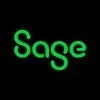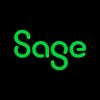Starting at $33 per month
View Pricing Overview
What is Sage CRM?
Sage CRM is an SMB-oriented CRM platform offered in both SaaS and on-premise editions. Unlike the Sage SalesLogix product, the SaaS version is a true multi-tenant offering. The platform offers excellent integration with Sage ERP and accounting products. It is also…
